Over 100,000 photographs, 2,000 films and videos and 500 linear feet of print materials—all documenting aspects of American design history—make the Art Center Archives a treasure trove for exploration by scholars, faculty, students and the general public. But making those materials accessible to a world beyond campus raises challenging questions: Who decides what to preserve first? Once digitized, where should a collection live online? How does one prepare for inevitable changes in technology?
To begin tackling questions like these—and to start the process of bringing the Art Center Archives to the world—the National Endowment for the Humanities in 2013 awarded the College a prestigious grant to launch a pilot project to digitize, preserve and make accessible a portion of Art Center’s industrial design collection. As the project wraps up one year later, Bob Dirig shares his thoughts about collaboration, unexpected outcomes and the future of the College as a locus of art and design scholarship.
Art Center: Congratulations to you and your team on completing the pilot project. Tell us about what you hoped to achieve.
Bob Dirig: The goal was to increase awareness of industrial design innovation in Southern California. That involved doing two things. The first was preserving and managing Art Center’s industrial design archival materials, especially the one-of-a-kind elements at risk for deterioration. The second was figuring out how to make those materials accessible to people who would be interested in looking at them.
Art Center: Why the focus on industrial design?
Bob Dirig: When we applied for the NEH grant with the help of Art Center’s Foundation and Government Relations department, we knew we weren’t ready to digitize our entire archive and put it online, so we had to narrow our focus. We asked: what in our design collections would be interesting to humanities scholars? What would be interesting to designers at Art Center and around the world? We knew from working with researchers in the past that our industrial design collections were of incredible interest to them. Industrial Design is also the most documented department in the Archive. So that seemed like a good starting place. It would be meaningful to a lot of people and it would let us create an infrastructure for eventually digitizing other collections.
AC: How did you decide which items were the most important to preserve?
BD: We didn’t want to make those decisions alone, so we invited Industrial Design faculty, chairs and many outside experts to be part of the advisory process. Through the planning process we decided to focus on the earliest of the transportation, product and environmental design photographs, as well as images that showed the design process. We also digitized relevant Art Center publications and films.
AC: So collaboration was critical to the process?
BD: The project turned out to be about so much more than using grant money to do a singular project. It became about improving and updating our archival practices and building relationships at all levels—across campus, across departments and with other institutions like the Huntington Library and the Petersen Museum. It created a model for tackling other challenges. And not just challenges related to the Archive. It offered an example of problem solving and community building that can carry over into other areas at Art Center.
AC: In what ways do you hope making the industrial design collections accessible will contribute to scholarship?
BD: It already has contributed! Long before we even completed the project, some of the scholars we were conferring with ended up changing the content of their writings based on what they learned from our collections. For example, historians date the first use of the term industrial design in education to 1934, but our materials showed we were using the term as early as 1932.
AC: So Art Center was a part of industrial design, as most people understand it, from the very beginning?
BD: U.S. industrial design history has mostly been focused on the East Coast. But we have boxes of materials that show that Southern California was important to industrial design in the 1930s and beyond, and that Art Center was a pivotal part of that.
AC: How do you preserve for the future when technology is changing so rapidly?
BD: One of the points of foundation level grants like the one we received from the NEH is to begin grappling with questions like that. Art Center’s IT department is playing a central role in helping us figure out how to install and implement the best software for the files we want to preserve, how to create backup solutions, how to work with the academic departments to preserve electronic theses in all their different, constantly-changing formats, and so on. It’s really interesting that a project focused on preserving our past thrust us into grappling with so many questions about the future.
AC: What’s your favorite item in the industrial design collection?
BD: It’s so hard to pick…I can’t! One very interesting part of the collection is a project Art Center did in 1956. As guests of the Japanese Government, the College sent three faculty members to Japan to give seminars and visit factories to report on the state of industrial design there. It’s a very well documented project and that same year Japanese students came to study at Art Center, like Kenji Ekuan, founding member of the internationally renowned consultancy, GK Design Group.
AC: What does making the Archives’ contents available mean for the future of Art Center?
BD: It opens up a lot of possibilities for better telling our story as an institution and the story of art and design in Southern California. It can impact scholarship around the world and here with our faculty and students. And I think it can draw attention to the role of research at the College. If people want to learn more about our outcomes, they can read the project white paper, “American Innovation: Preserving and Providing Access to 80 Years of Industrial Design History,” co-authored by Dr. Amy Shimshon-Santo, assistant director of Foundation and Government Relations for Art Center, and me.
AC: When will the collection be available online?
BD: My goal is to launch it to the Art Center community during the fall term this year and to the public in 2015. There’s still work to be done to make that happen. The NEH grant represents a turning point for the Archive. Thanks to this incredible support, we can begin serving the Art Center community and the public in new ways.
Created in 1965, the NEH, an independent federal agency, strives to promote excellence in the humanities and to convey the lessons of history to all Americans. Its grant to Art Center highlights design’s ability to inform social and historical research and help us better understand American culture, identity and ideas.

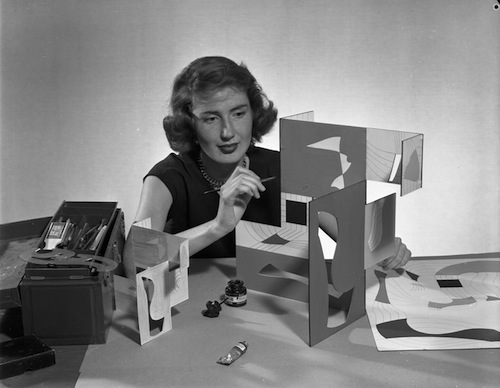
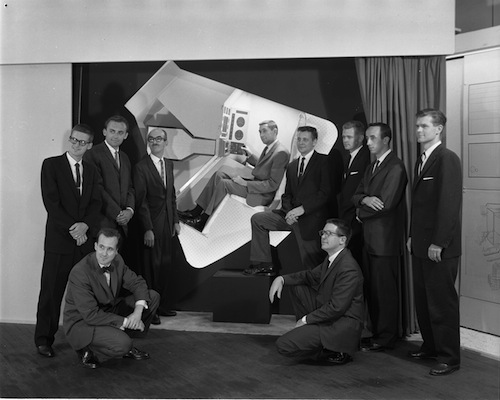
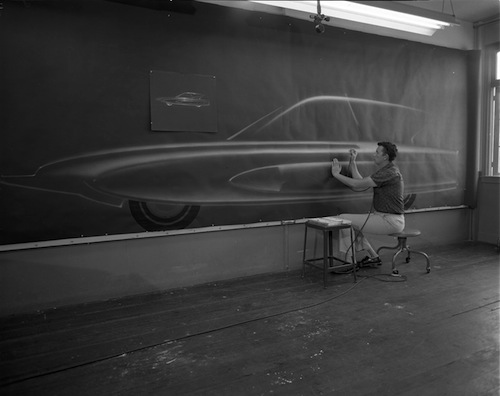
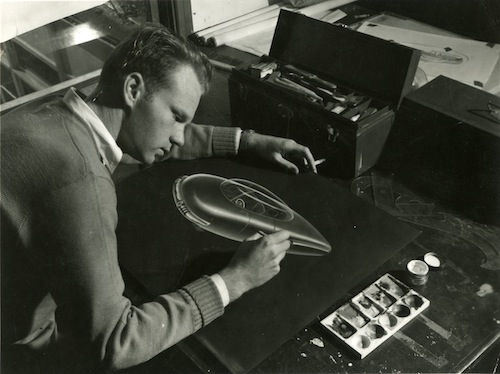
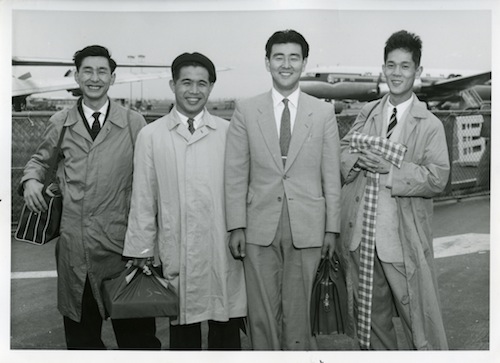
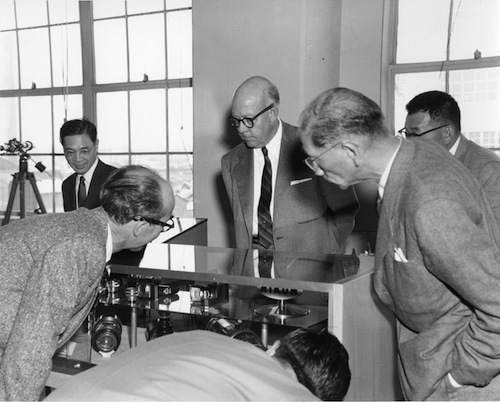
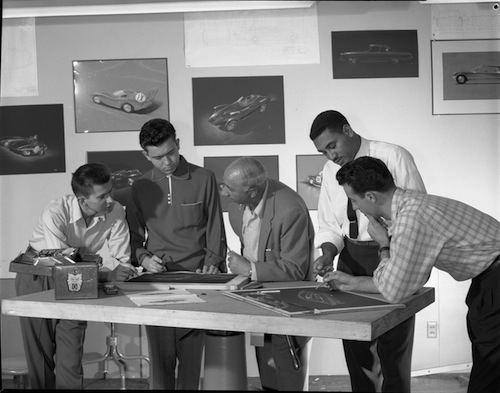








great article posted, this is very usefully and interesting story. thank you
Visit Website Ordinarily I wouldn’t study document about blogs, nonetheless would like to express that that write-up really pressured everyone to have a look at along with apply it! Your own way with words is pleasantly surprised everyone. Thank you, quite wonderful post.